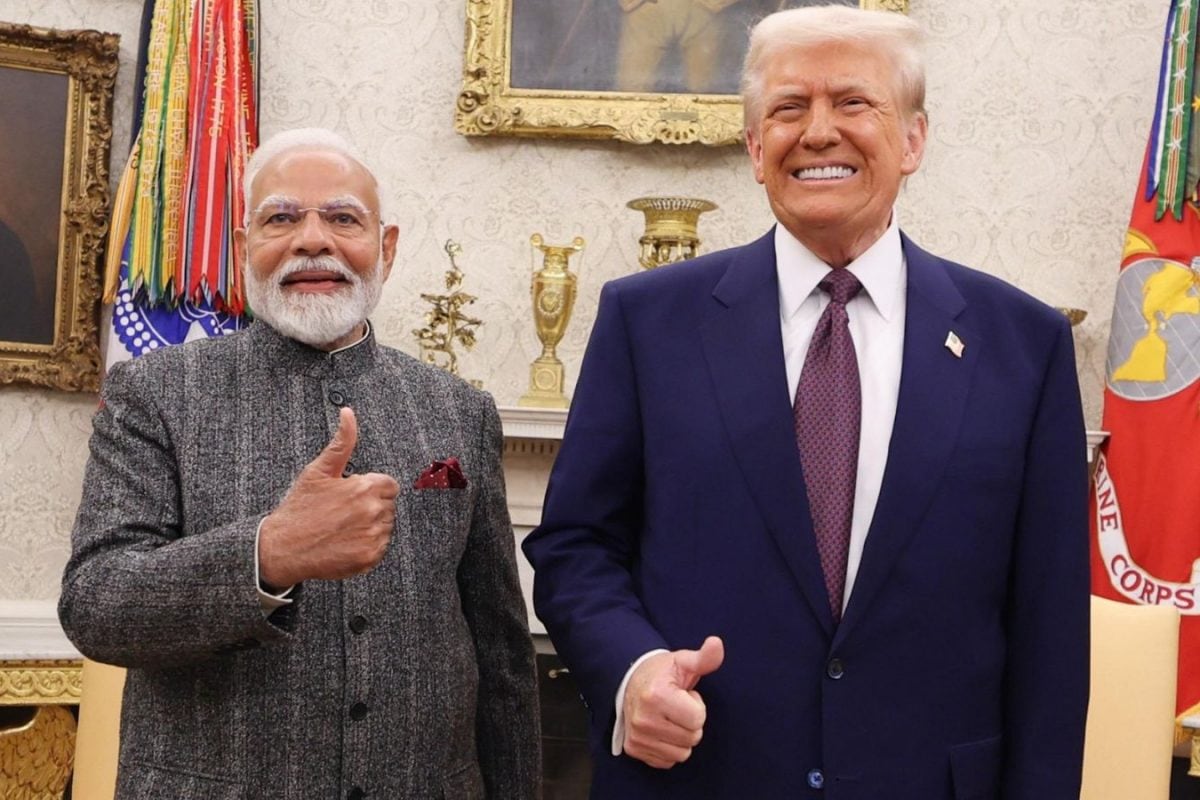India must set a good example of free trade that Trump can take credit for, so that India can make lemonade On April 2, 2025, President Donald Trump announced a comprehensive list of reciprocal tariffs on all US imports, with a baseline tariff of 10 per cent and country-specific tariffs ranging from more than 10 per cent to 60 per cent on 60 countries. In the Rose Garden announcement, the President invoked his authority under the International Emergency Economic Powers Act of 1977 (IEEPA) under the premise that the tariffs would bolster America’s international economic standing. Initially, this meant India would face a steep reciprocal tariff adjusted at 27 per cent, effective from April 9.
However, on April 10, the Trump administration declared a 90-day pause on country-specific tariffs, leaving a 10 per cent universal tariff in effect. This presents India with several opportunities arising from trade diversions caused by the tariffs. To fully capitalise on these trade disruptions, India may need to secure free trade agreements not only with the US, but also with other countries around the world.

From April 5, the United States started enforcing a uniform 10% duty on all its foreign imports. The trade-to-GDP ratio of the US was one of the lowest among the major economies (26.9 per cent), with the trade shifting away from the US potentially impacting American GDP by 0.
4 per cent. The US market is affected by the blunt tariffs, and business confidence is plummeting across the board. The Trump administration promised that these “little disturbances" would go away soon.
However, while the tariffs may not resolve the underlying Chinese overcapacity problem, they risk alienating the US’s traditional allies and diminishing America’s influence in the global economy. Until the 90-day negotiation period concludes, US trade partners may continue to negotiate with the US to secure concessions on the proposed country-specific tariff rates. Regardless of the negotiation outcomes, the lack of stability in US trade policy might push the EU and others to seek alternative partnerships.
The US accounts for 13.2 per cent of world imports and 8 per cent of world exports, and its self-imposed trade hostilities could reduce its share of global trade. For instance, one standard deviation increase in global uncertainty is associated with a 4.
6 per cent decline in bilateral trade, with fuel and industrial products trade being the most affected. The EU and other countries are in the mood for negotiations; however, if negotiations fail, the EU is also ready to retaliate, hitting US sensitive sectors. Beyond the EU, countries across the world are looking to diversify their trade relations, and countries like India can benefit from this challenging situation.
India has two main opportunities in this scenario. First, India can maximise its trade arbitrage relative to its competitors in key sectors like textiles and low-cost manufacturing after the negotiation phase. India’s textile competitors, including Bangladesh, Sri Lanka, and Pakistan, are also subject to high tariffs.
If India can produce and export competitive, low-cost products compared to its competitors, it stands to benefit from this situation. Second, and most importantly, India can capture some trade diverted away from the US. To achieve this, India should finalise its Free Trade Agreements with the EU and the UK and the Comprehensive Economic Cooperation Agreement (CECA) with Australia.
India should also actively engage with Southeast Asian countries, as they might also be looking for markets to divert their trade away from the US. While capitalising on the trade diversion is essential, that alone won’t be enough. India needs structural reforms to liberalise its economy.
Before India misses the bus, it should open up its market to the world as countries are looking for stable and open havens for trade and investment. Third, India must go ahead with the Bilateral Trade Negotiations with the US and could potentially reduce the tariffs against it to the 10 per cent baseline by making concessions on its tariffs and non-tariff barriers. Given that 10 of the US’s Latin American FTA partners were affected by the universal 10 per cent tariff, India may need to move beyond its traditional protectionist policies to convince the Trump administration of its readiness to open its economy.
India must set a good example of free trade that Trump can take credit for, so that India can make lemonade. Anisree Suresh is a Research Associate (Geoeconomics) at The Takshashila Institution. Views expressed in the above piece are personal and solely those of the author.
They do not necessarily reflect News18’s views..
Politics

Opinion | When Trump Gives Lemons, India Must Make Lemonade

India must set a good example of free trade that Trump can take credit for, so that India can make lemonade















